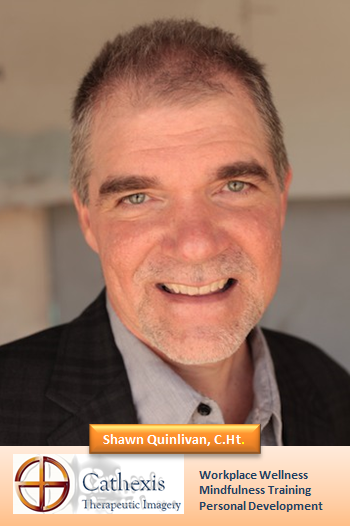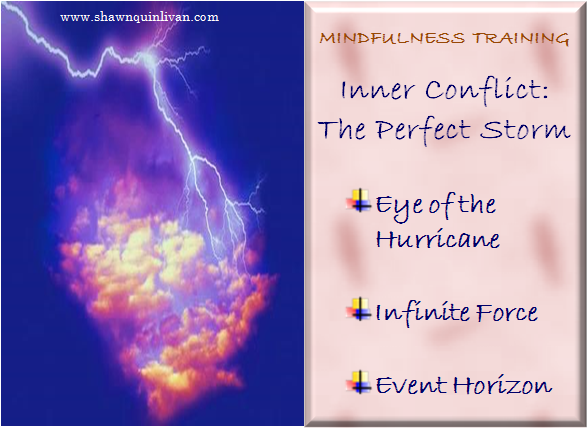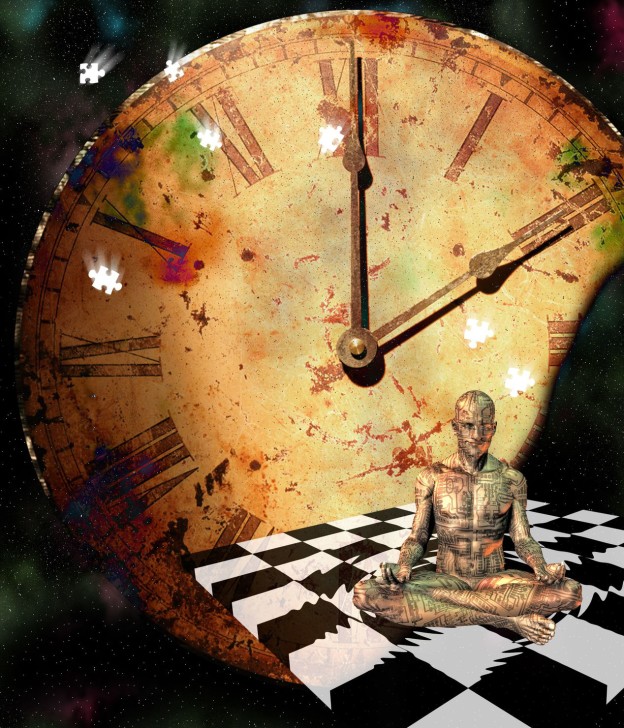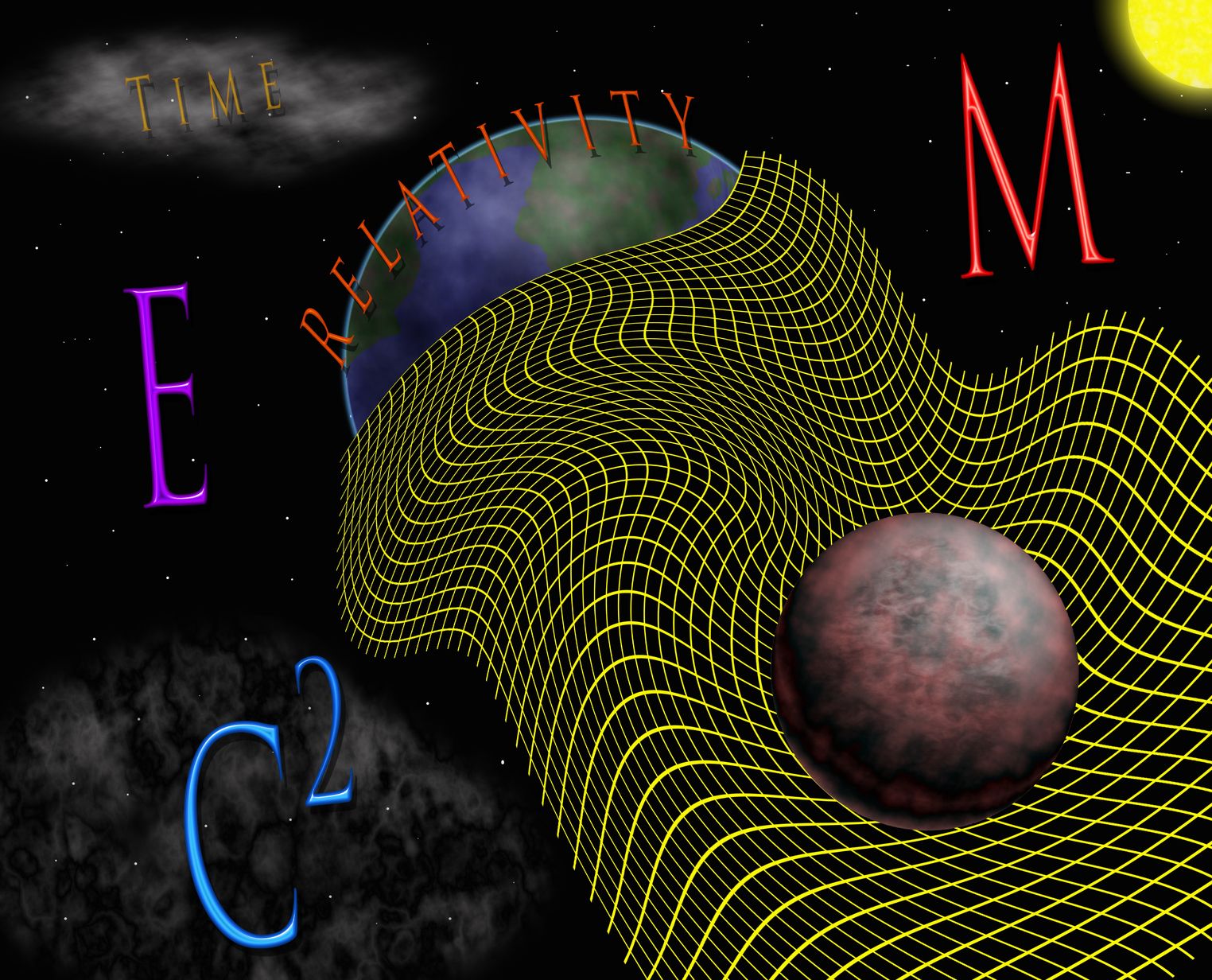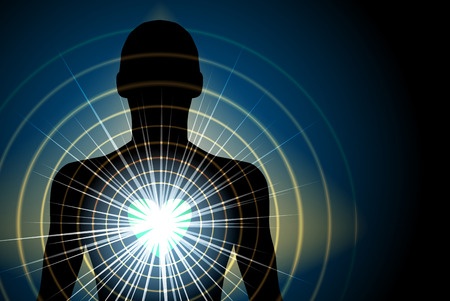
The heart generates the human organism’s most powerful electromagnetic field and permeates every cell in the body. Compared to the brain’s electromagnetic field, the electrical component of the heart’s field is about 60 times greater in amplitude, and the magnetic component is approximately 100 times greater.
There are many familiar expressions that include the organic use of the word “heart,” such as: They had a heart to heart. She wears her heart on her sleeve. His heart is in the right place. They were heart-broken. Follow your heart. These are a few of the enduring idioms that demonstrate we have long realized the heart has its own special way of perceiving, experiencing, and knowing. And, of course, the heart ideogram ( ♥ ) is a traditional symbol representing the heart as the center of emotion, particularly love and affection.
Science is now illuminating this inherent understanding of the heart’s conscious properties and influence on our perceptions, interactions. and overall functioning. According to recent discoveries in neurophysics, the heart is an organ of far greater intelligence than previously thought, and evidence suggests a profound cognitive interrelationship between brain waves and the powerful electromagnetic energy signals emitted from the heart (see Examiner.com article here). These findings have lead scientists and physicians to conclude that consciousness is a function of both the heart and the brain, and that ethereal forms of sentience such as intuition, precognition, mood and disposition, and most certainly emotion, formulate and resonate within this realm.
In our innovative programs and practices for holistic health, Cathexis Therapeutic Imagery uses the trance state mediums of meditation, hypnosis, and therapeutic imagery to develop mindfulness and emotional intelligence. A key component to our approach is heart entrainment; this is a synchronized flow of energy between the heart and brain natural to the trance state experience that can be intentionally integrated into daily mindfulness practice. The intriguing facets of heart entrainment and its transformative qualities are explored in this article.
HEART INTELLIGENCE
Since 1991, the HeartMath Institute has researched and developed the science of bridging the connection between the heart and brain, and used these discoveries to help people connect more deeply within themselves and with one another. The HeartMath Institute pioneered the concept of heart intelligence, also known as “heart entrainment,” which is defined as:
” . . . the flow of awareness, understanding and intuition we experience when the mind and emotions are brought into coherent alignment with the heart. It can be activated through self-initiated practice, and the more we pay attention when we sense the heart is speaking to us or guiding us, the greater our ability to access this intelligence and guidance more frequently. Heart intelligence underlies cellular organization and guides and evolves organisms toward increased order, awareness and coherence of their bodies’ systems.”
The HeartMath Institute’s groundbreaking research has revealed the heart as a sophisticated sensory organ that receives and processes information—an organ capable of learning, memory, and functional decision making independent of the brain’s cerebral cortex. Furthermore, numerous experiments have demonstrated that the heart continuously sends signals to the brain which influence the functions of perception, cognition, and emotional reactivity.
This signaling process occurs as the heart generates and transmits a continuous series of electromagnetic waves, or pulses, which are distributed across the neural pathways of the central nervous system and throughout the bloodstream. In the brain, this relationship involves the pineal gland, “the mind’s eye,” which is sensitive to all magnetic fields, allows more blood flow than any other gland in the body, and modulates consciousness.
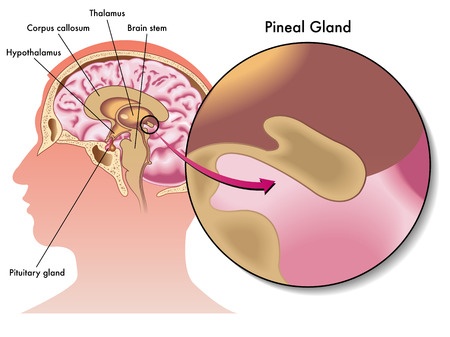
The pineal gland is directly wired to the visual cortex in the brain and catalyzes our sensory perceptions into images, the language of the subconscious.
Studies using a technique called spectral analysis have demonstrated that heart beat patterns change significantly as we experience different emotions, and that these changes correlate with the structure of the electromagnetic field of the heart. Negative emotions engender erratic, disordered, non-rhythmic heart beats. Positive emotions, on the other hand, create heart beat patterns that are smooth, coherent, and rhythmic. Brainwaves synchronize with the heart’s electromagnetic field, so during sustained feelings of compassion, appreciation, or gratitude, blood pressure and respiratory functioning, among other oscillatory systems, naturally entrain to the soothing rhythm of the heart.
HEART FIELD INTERACTIONS
There is remarkable evidence that the heart’s electromagnetic field transmits information between people, and that this is an innate function which starts inside the womb. According to the HeartMath Institute:
- The heart of the fetus develops and functions before the brain, and naturally synchronizes with its mother’s electromagnetic heart field
- The exchange of heart energy, which continues with infant and mother after birth and immediately begins developing with others, can be measured between individuals up to five feet apart
- One person’s brain waves can actually synchronize to another person’s heart
- When an individual generates a coherent heart rhythm, their brainwaves are more likely to synchronize with another person’s heartbeat
- Individuals with increased psychological and physiological self-awareness are more cognizant of the information encoded in the electromagnetic heart fields of those around them
Social Structure
In a longitudinal study of forty-six social groups, data gathered only from the relationships between pairs of members was found to provide an accurate image of the social structure of each group as a whole. The global organization and collective consciousness of these groups appears to have been transmitted by a socio-emotional field of energy based on positive emotions such as passion, excitement, and enthusiasm that connected all members. Remarkably, this emotionally energized network encoded and transmitted information about the group’s social structure as parts of the whole, which is consistent with the principle of holographic organization.
Intuition & Precognition
Fascinating data from a rigorous experimental design also produced evidence suggesting that electromagnetic heart field interactions are conducive to transmissions from energy fields beyond the space/time continuum, accounting for perceptual aspects of consciousness such as intuition and precognition.

Holographic waveforms of energy encode systemic information in a nonlocal order that represents organization of the system as a whole.
The studies showed that while the heart and brain both receive and respond to information about future events before they actually happen, the heart appears to receive this information before the brain. This indicates that the heart’s electromagnetic energy field may link to more subtle fields of energy that contain holographic waveforms, i.e. those which encode systemic information in a nonlocal order that represents organization of the system as a whole. Considered by the late eminent brain scientist Karl Pribram, acclaimed theoretical physicist Stephan Hawking, and others as the spectral domain—a fundamental field of potential energy throughout which informational properties are spread—this refers to heart field interactions with what is known in the scientific community as the unified energy field. These compelling findings, which align with the evidence from the social field interaction studies referenced above, have profound implications and support holonomic brain theory and the concept of reality as a quantum hologram.
Intention
In a controlled study published in a 2003 report entitled Modulation of DNA Conformation by Heart-Focused Intention, participants were instructed to focus their intention on making DNA strands wind or unwind while holding a test tube containing a DNA sample. Individuals familiar with heart entrainment enhancement techniques taught at the HeartMath Institute were able to alter DNA conformation according to their intention, while individuals in the control group were not. The results showed cellular functions that could be affected included DNA replication, DNA repair, and the generation of proteins and enzymes. The HeartMath Institute researchers issued this statement:
“The results provide experimental evidence to support the hypothesis that aspects of the DNA molecule can be altered through intentionality. To our knowledge, this study was the first to correlate specific electrophysiological modes with the ability to cause changes in a biological target (DNA) external from the body. The data indicate that when individuals are in a heart-focused, loving state and in a more coherent mode of physiological functioning, they have a greater ability to alter the conformation [or shape] of DNA.”
This landmark research validates long held beliefs about the self-healing ability of the mind and demonstrates that our thoughts, beliefs and emotions can impact the immediate world around us. The findings also affirm the conviction that positive feelings and attitudes contribute to health and well being, and lend credence to other well known but often misunderstood phenomena such as the placebo effect, spontaneous remission in cancer and other diseases, and the power of faith and prayer.
For more information on the HeartMath Institute’s research and publications, please visit www.heartmath.org.
CONCLUSIONS
The electromagnetic field of the heart is the most powerful electromagnetic field generated by the human organism and permeates every cell in the body. Heart entrainment is the calibration of the heart and brain through physiological and psychological positivity, a state in which this field is in a smooth and coherent rhythm and synchronizes with myriad energy fields and wave frequencies along the infinite electromagnetic spectrum. The rhythmically pulsing waves of electromagnetic energy generated by the entrained heart create energy fields within energy fields, and manifest interference patterns when interacting with magnetically polarizable tissues and substances.

Evidence demonstrates we can consciously affect our physiology and health through focused intention and heart entrainment.
The considerable research evidence presented herein demonstrates that by focusing our intention and practicing heart entrainment techniques, we can consciously affect our physiology and health. Yet these studies also invite deeper epiphanies, those about the transcendent qualities of love that connect us to the subtle, ethereal ordering of the universe enfolded in the energy fields surrounding us. The innate “wisdom of the heart” serves as the impetus for self-awareness and discovery, altruism, philanthropy, social grace, creativity, and spiritual identity. And it is our positive heart energy, our embrace of compassion, empathy, and the power of love that aligns our conscious intention and inspires a more meaningful understanding and life purpose.
©2016 Shawn Quinlivan, C.Ht. & Cathexis Therapeutic Imagery. All Rights Reserved.

Shawn Quinlivan, C.Ht.
Cathexis Therapeutic Imagery specializes in innovative approaches to workplace wellness, mindfulness training, and personal development. Via private coaching, presentations, workshops, training events, and our partnership in the unique online wellness community Your Wellness Room—used by Kaiser Permanente, EFactor and other notable companies—our nationally recognized programs and practices help people and organizations make positive changes. Please call for a free consultation at (818) 512-4371 or contact us via email.



